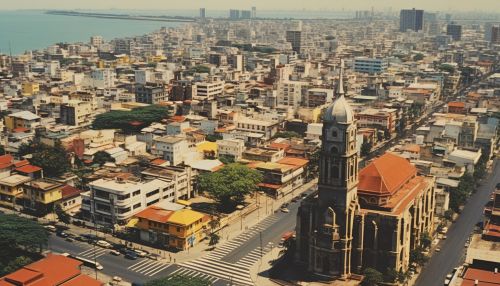Fall of Saigon
Background
The Vietnam War, also known as the Second Indochina War, was a conflict in Vietnam, Laos, and Cambodia from 1 November 1955 to the fall of Saigon on 30 April 1975. It was the second of the Indochina Wars and was officially fought between North Vietnam and South Vietnam. North Vietnam was supported by the Soviet Union, China, and other communist allies; South Vietnam was supported by the United States, South Korea, the Philippines, Australia, Thailand, and other anti-communist allies.
Prelude to the Fall
In 1973, the Paris Peace Accords were signed, which included a ceasefire agreement. However, fighting continued and by late 1974, the North Vietnamese had started a major offensive, capturing key territories in the Central Highlands. This led to a significant shift in the balance of power in Vietnam.


The Final Offensive
The final Spring Offensive in 1975 was a direct, full-scale attack on the South, bypassing the previous strategy of a war of attrition. The North Vietnamese Army (NVA) quickly captured the northern provinces and then launched attacks on the southern cities, each falling to the communists within weeks.
Fall of Saigon
On April 30, 1975, NVA tanks rolled through the gate of the Independence Palace in Saigon, effectively ending the war. The event marked the end of the Republic of Vietnam and the beginning of a period of direct rule from Hanoi.
Aftermath
The fall of Saigon led to a period of harsh retribution, with many South Vietnamese being sent to reeducation camps. The city of Saigon was renamed Ho Chi Minh City, in honor of the late North Vietnamese leader. The event also triggered a mass exodus of Vietnamese refugees, many of whom fled by boat, leading to the term Vietnamese Boat People.
Impact on the United States
The fall of Saigon marked a significant defeat for the United States. It led to a period of introspection and policy change, with the U.S. becoming more reluctant to intervene militarily in foreign countries. The event also had a profound impact on the U.S. military and led to changes in training and tactics.
Legacy
The fall of Saigon remains a pivotal moment in history, marking the end of the Vietnam War and the beginning of a new era for Vietnam. It remains a symbol of the limits of American military power and a turning point in the nation's foreign policy.
